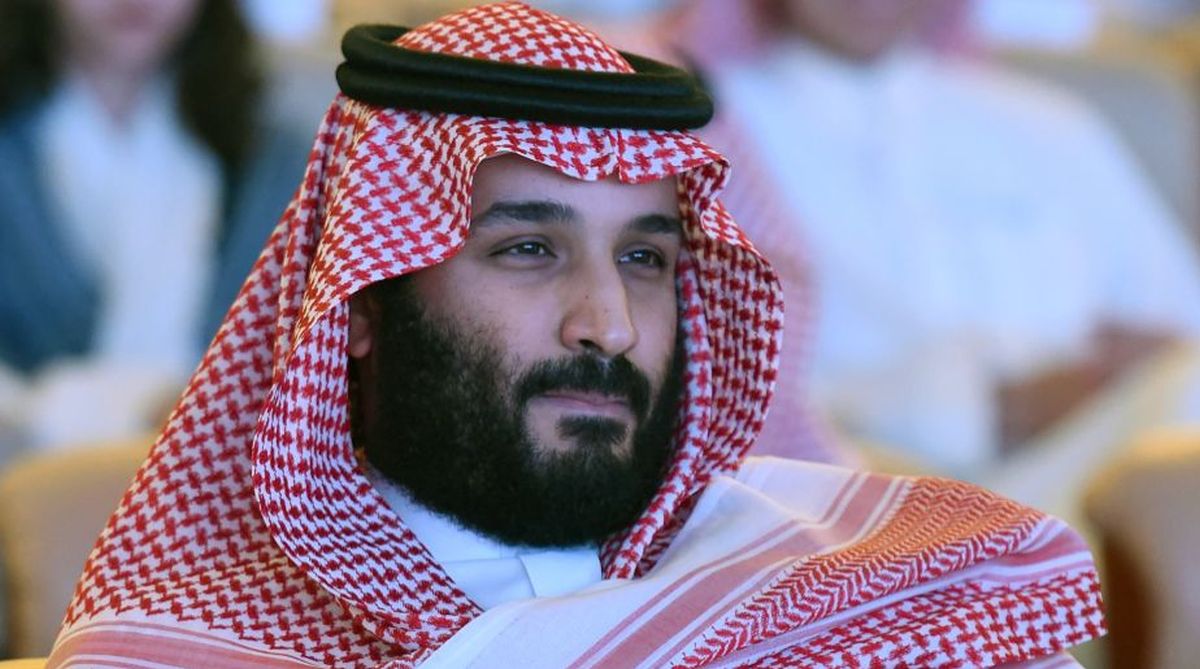The palace in Riyadh has ramped up the pressure on Crown Prince Mohammed bin Salman, a pivotal member of the royalty, in the immediate aftermath of the murder of dissident Saudi journalist, Jamal Khashoggi. No less crucially from the perspective of international relations, he is believed to be the chief architect of the war without end in Yemen. The fact that he now has his back to the wall has, ironically enough, opened up space for diplomatic intervention with the US Secretary of State, Mike Pompeo, calling for a 30-day cessation of hostilities in Yemen. Within the desert kindom, the return of Prince Ahmed bin Abdulaziz, the king’s brother, from London lends a new dimension to the internal turmoil.
Ever so fearful of returning home, his decision to fly back to Riyadh is the most significant development in the royal family since the start of the war with Yemen and the killing of Khashoggi. Last week’s development is not wholly unrelated to the international backlash against the kingdom after the murder in Istanbul. It has mired the rulers in quite the most critical international crisis since 9/11, given that the majority of the attackers were Saudis.
Advertisement
In his 70s, Prince Ahmed is one of the most senior figures in the royal family. Arguably, he could help impart a measure of legitimacy on any response of the family to Khashoggi’s killing. The implications are consequential not the least because his return is doubtless a significant indication of manoeuvering within the royal family.
His anticipated intervention could entrench his grip on the kingdom. Second, it might restrict the enormous authority of the Crown Prince. However, it would be premature to speculate on whether the 82-year-old King intends to effect a change in the line of succession, though this cannot be readily ruled out. Suffice it to register that Crown Prince Salman remains the King’s favourite son and the de facto ruler of the kingdom. Going by the signals emitted from the desert sands, the 33-year-old Crown Prince might be expected to share power within the court, a consultative entity that is integral to the structure of governance.
The return of Prince Ahmed may be a sign of the revival of the consultative court, which had become dormant with the rise of the Crown Prince. Second, the latter is expected to be forced to reconsider Saudi Arabia’s boycott of Qatar, a country that boasts vast gas assets, a huge US military base, and a supposedly better model for the modernisation of the Gulf. The third possibility and the most significant in the context of international relations is to end the war in Yemen.
The West has repeatedly cautioned Saudi Arabia that it cannot militarily win, at least without horrific casualties and an intolerable famine that could leave as many as 14 million people, half the population, dependent on aid to survive. The distinct signal must be that Saudi Arabia is on the cusp of change.









